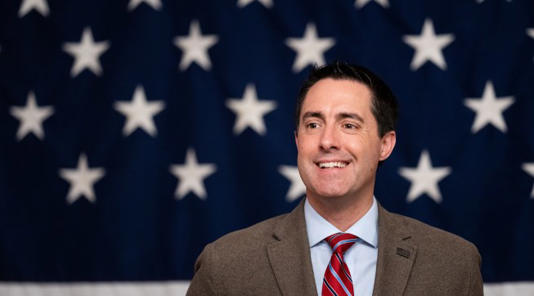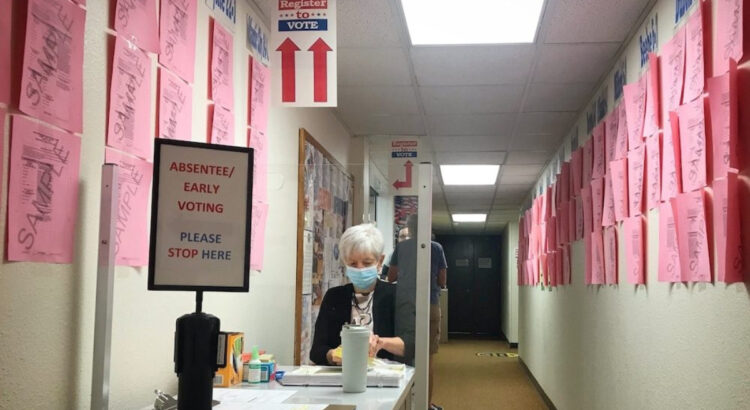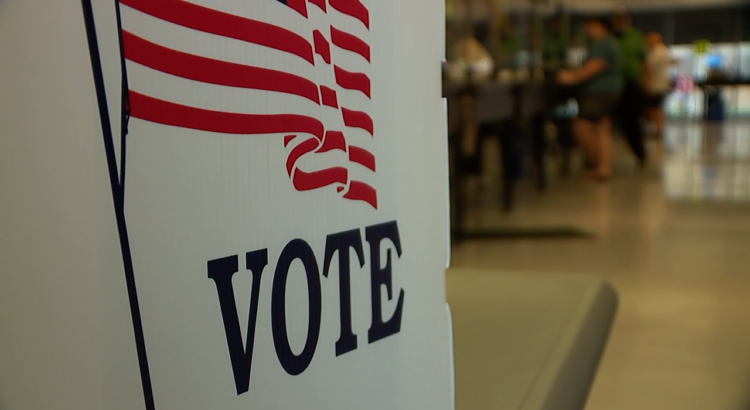WASHINGTON, D.C. — Ohio Secretary of State Frank LaRose (R) announced yesterday that his office instructed the board of elections in 88 counties to begin the process of removing noncitizen voters from election registration rolls.
According to a press release from LaRose’s office, at least 137 noncitizen voters were allegedly identified by the secretary of state’s Public Integrity Division and Office of Data Analytics and Archives, through records from the Ohio Bureau of Motor Vehicles (BMV). Both Ohio and federal law prohibits noncitizens from registering to vote in state and federal elections and, according to LaRose’s office, the voters were identified through data that showed they twice confirmed their noncitizenship status to the BMV and were also on the voter registration rolls.
Though that doesn’t necessarily mean all 137 voters are noncitizens who were illegally registered to vote; it could mean that either the BMV or voter registration data is out-of-date. As a result, the voters will receive two written notices from LaRose’s office to confirm their citizenship status.
LaRose’s announcement comes on the heels of a nationwide push by congressional Republicans to ban noncitizens from voting in federal elections. Last week, U.S. House Speaker Mike Johnson (R-La.), Rep. Chip Roy (R-Texas) and Sen. Mike Lee (R-Utah) introduced a bill requiring people to provide proof of their U.S. citizenship in order to register to vote in federal elections.
The bill, entitled the Safeguard American Voter Eligibility (SAVE) Act, was first mentioned in April by Johnson during a press conference with former President Donald Trump at his Mar-a-Lago resort, where both Republicans falsely implied that enough noncitizens are voting that “it could turn an election.”
The reality is that the unproven phenomena of noncitizen voting is a frequent scare tactic from the GOP. Numerous reports and studies have shown that instances of noncitizen voting in federal elections is extremely rare. And yet it’s not the first time congressional Republicans have tried to ban noncitizens from voting, despite the fact that the practice has been prohibited since at least 1996, when Congress passed a law making it illegal.
In response to LaRose’s announcement, the Ohio Voter Right Coalition, a pro-voting nonprofit organization in the Buckeye State, put out a call to action for voters to check their registration to make sure they don’t get wrongly purged from the state’s voter registration.


